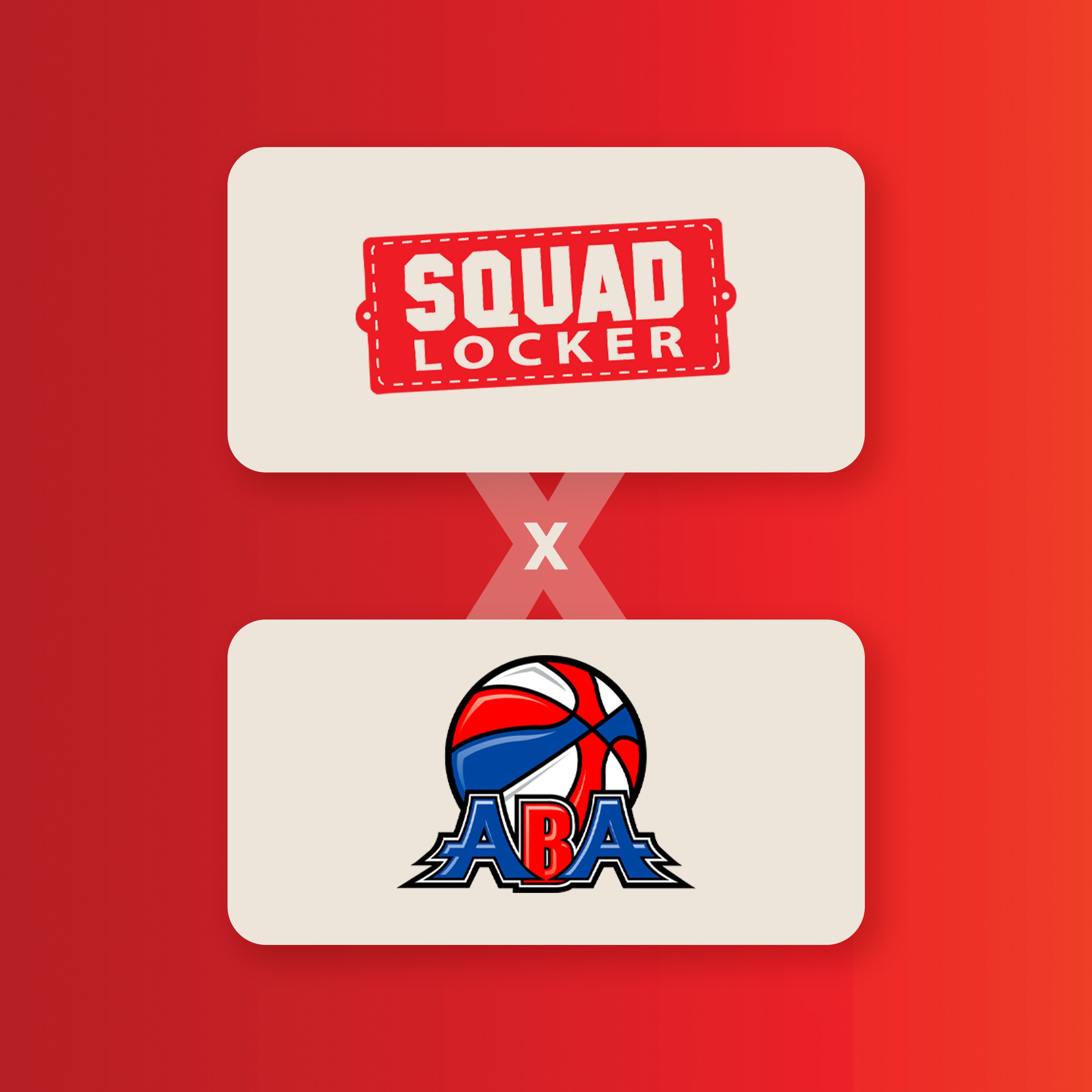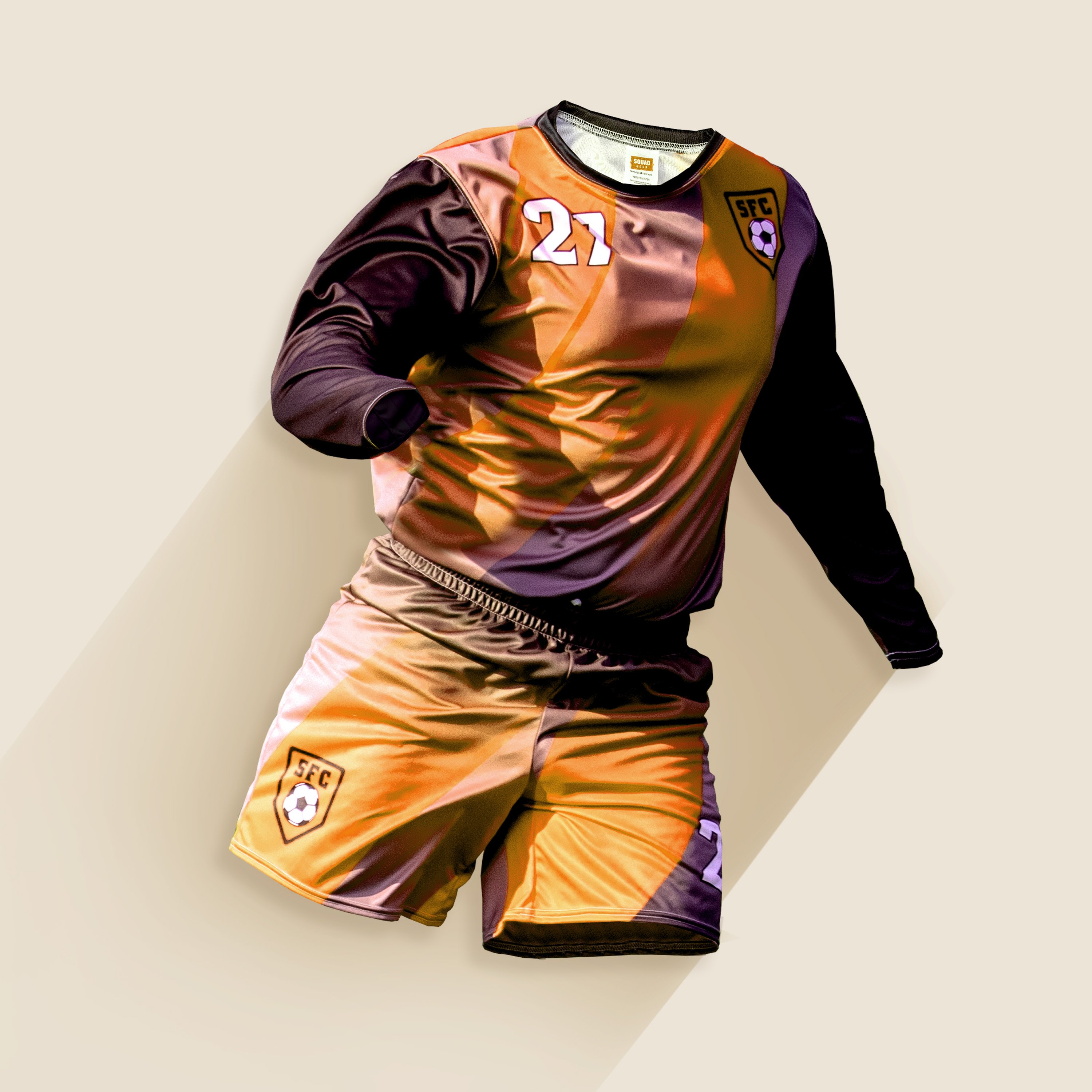Everything in volleyball begins with the serve, and since everyone on the team is going to have to do it, proper serving technique needs to be a proficient skill for each member of the team.
The Basic Serve
Almost everyone who has ever served a volleyball has done so using an underhand motion. Standing behind the end line, the server holds the ball in one hand and uses an underhand motion to strike it using the other hand, similar to slow-pitch softball.
The server typically positions the ball between the waist and the knees with the striking hand balled into a fist. This isn't a power serve; it is a simple and easy way to get the ball in play over the net. Although there aren't many options for adjusting the ball velocity or accurate placement, the underhand serve is perfect for youth teams to master as they begin to build a foundation for more complex serving techniques and skills.
Overhand Serving
This is where it gets interesting—overhand serving can be transformed into a serious skill set that, if mastered, can alter the course of a game. While your junior and youth teams may not master the overhand serve by the end of the season, players with a sufficient amount of ball time may begin to graduate to this serving form.
Although you can hit the ball with a closed fist, for overhand serving, the best way to serve is with an open hand. The server should start by holding the ball at shoulder level. When ready, the server tosses the ball into the air between one to two feet above their head and then punches the ball with their palm. The basic overhand serve causes the ball float and gyrate over the net into the other court—almost like a knuckle ball in baseball.
To improve the accuracy and placement of the serve, try putting some topspin on the ball by throwing it a bit higher and snapping your wrist forward at the moment of contact, causing you to hit the middle/bottom part of the ball. When the ball goes over the net, it will dive downwards, allowing for either a point on the serve if you can find a hole in the defense or a tough dig for the opposing team.
Jump Serving
The most advanced and complex of the volleyball serving techniques is the jump serve which, if done right, can be a game winner but if done wrong, the serving team will pay the price.
The jump serve is similar to an overhead serve. The server throws the ball higher, about 15 to 20 feet in the air, and gets a running start behind the end line. This added momentum during the serve sends the ball over the net like a rocket, making it extremely difficult for the opposing team to return or set it up correctly. However, it is easier said than done.
Jump serving can be used to target defenseless pockets on the other side of the net, but because of the speed and power at which it is served, it can also be very difficult to gain consistent accuracy of the ball. Beginners should focus on targeting the opposite baseline, while more advanced servers can work to improve their power and accuracy.
Teams should strive for at least one person in their service rotation concentrating on jump serving, even just to mix things up for the opposing team.
When it comes to serving up your teams gear and equipment, nothing beats SquadLocker! You can create your own volleyball team store, upload your logo and do this all on the comfort of your computer, laptop or smartphone. SquadLocker is the easy way to get your team outfitted and in the game!
Share this Story



.jpg)







